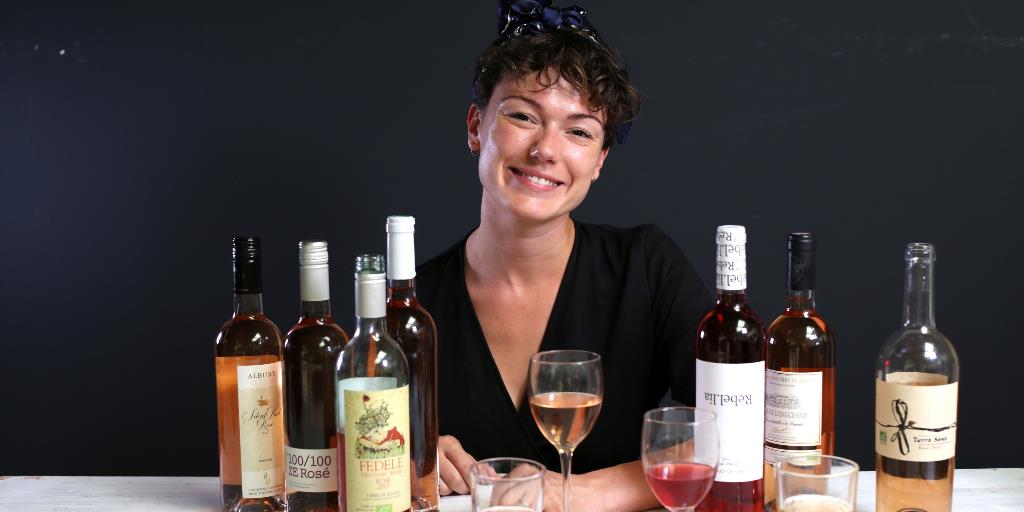Know your wines? It can be fairly tricky to pinpoint flavours and aromas in wine and some can be less obvious than others. We thought we’d make the process a little easier by creating this series to break down commonly associated elements of the most popular tipples. But first a small introduction to the categories of taste.
A beginner's guide to wine tasting

Primary Aromas
These are the aromas coming from the actual grapes themselves and often involve fruit, floral or herbal notes such as stone fruits in Viognier, or rosemary in wines made with Mouvèdre from Provence.
Secondary Aromas
This refers to aromas coming from fermentation and winemaking for example the yeasty, biscuity aromas that can be found in Champagne or vanilla from fermenting or ageing a wine in oak barrels.
Tertiary Aromas
Tertiary aromas or flavours can be found in wines that have bottle age. Notes of leather, tobacco or petrol are commonly linked to wines that have spent an extended time in bottle before being released into the world.
Chardonnay
Chardonnay is one of the most widely planted varieties in the World and the sheer range of flavours in the wines it creates is seriously impressive! From primary notes of lemon peel and green apple to secondary and tertiary notes of vanilla, almond, coconut flakes and butter (and more). This is a wine that can do pretty much anything depending the terroir of the grapes.

Nebbiolo
Ah, Nebbiolo - the king of kings of Italian grape varieties! In it’s youth, Nebbiolo displays aromas of cranberry, rose, star anise and red clay leading into more evolved notes of leather and tar in examples such as Barolo or Barbaresco which spend time ageing in bottle before they are released.

Riesling
The ultimate Summer refresher for wine lovers! Riesling is a variety that can be enjoyed in its youth as a vibrant thirst quencher or throughout a meal with a little bit of age (and extra sugar!) Classic aromas of pear, flat white peaches form the core primary elements, with ginger, rubber, petroleum and honeyed notes developing throughout winemaking and ageing in bottle.



